#virburnum
Text
March 2024: More Spring Stuff & Happy Saint Patrick's Day
Join me human:
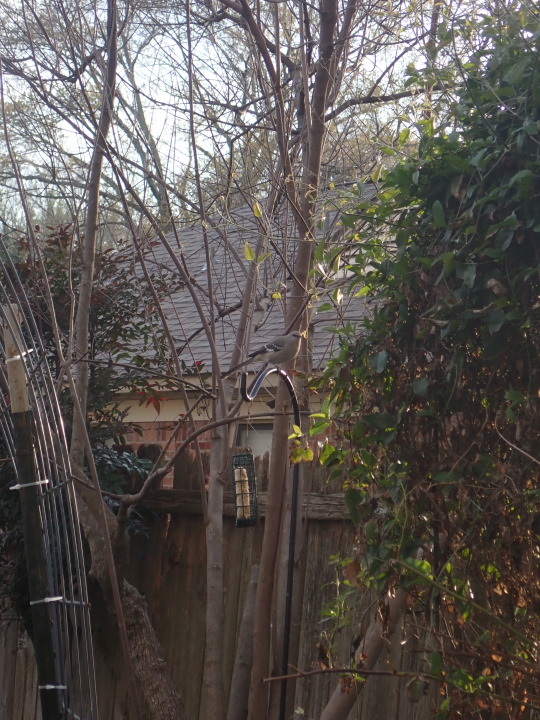
As I watch the sun set:
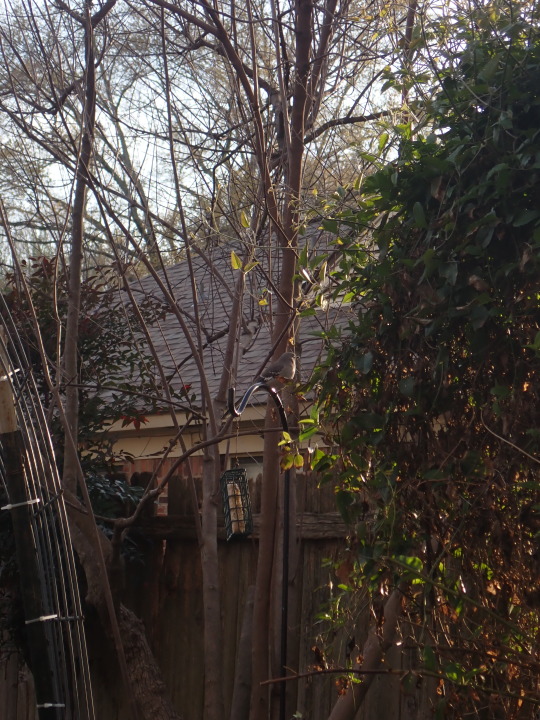
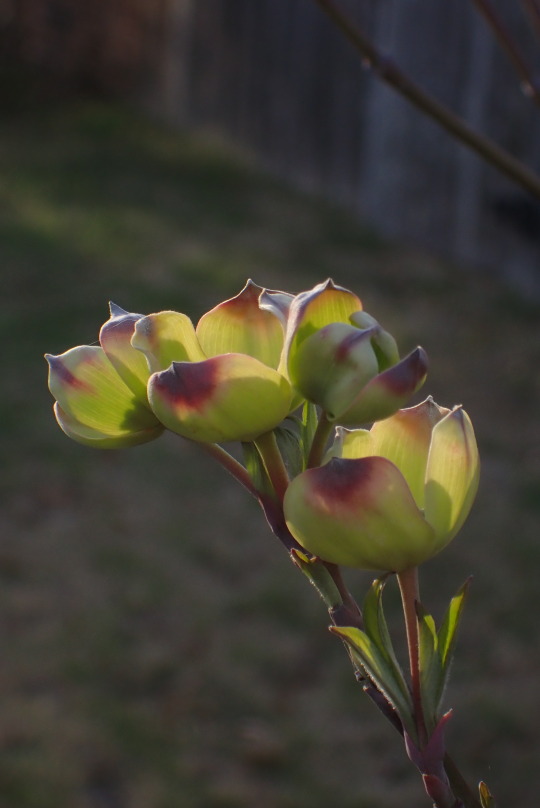


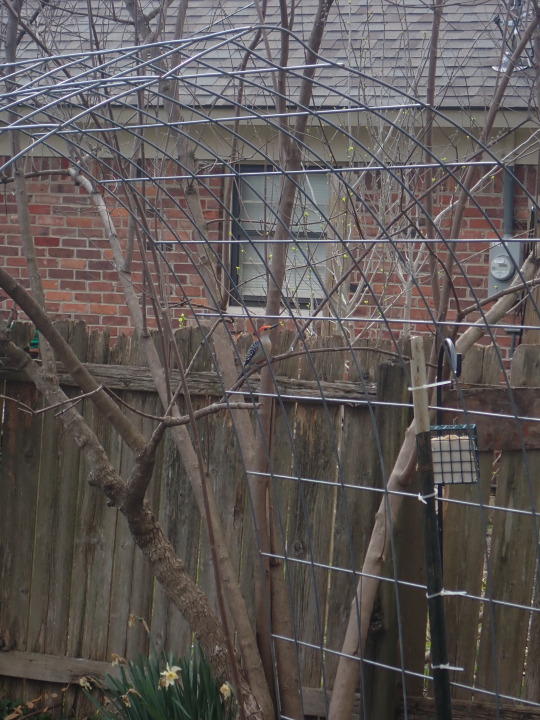

We did some planting & transplanting this week:

Including some store-bought ginger that we're propagating. If all goes according to plan, we should have 5 to 6 ginger plants:
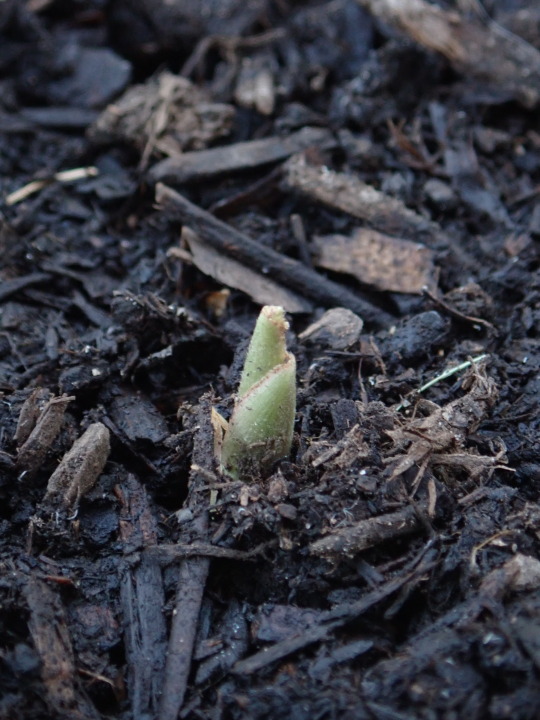
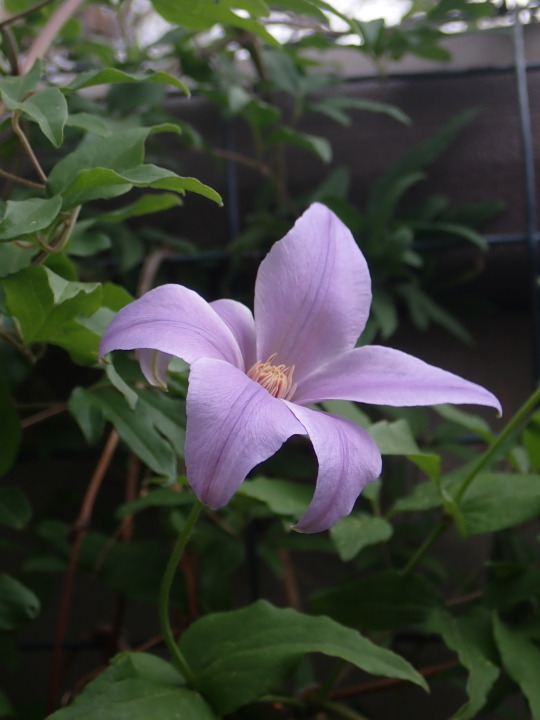



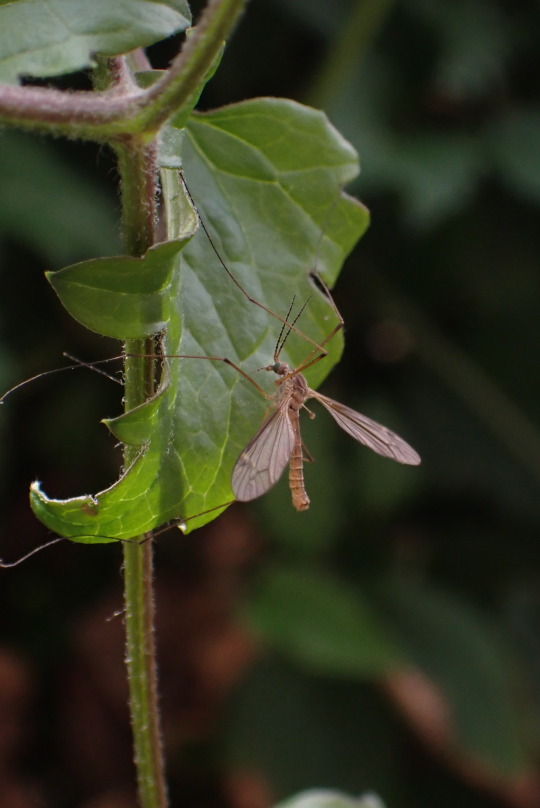

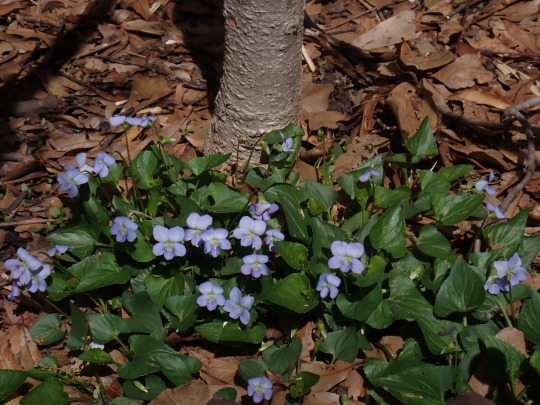
First bee butt of 2024:

My queen is drying dandelion leaves. You're supposed to be able to make a concoction with them that is beneficial in the garden. We'll see. If the results are noticeably beneficial, I'll post a follow up later in the year:

I can't believe the size of the leaves of this cilantro. You can't buy this in the grocery store:

This is the second day after planting these sweet potato slips & they are already perked up & happy:

Our 3 year old Red Russian Kale after harvesting this week:

We went to a local hardware store to see about getting some repairs done to our mini tiller. Turns out the repair department is closed on Sundays so this happened instead:

For Saint Patrick's Day, it was a nice warm Spring day but the temperature starting dropping as we're expecting an overnight low in the mid-30s Fahrenheit. Perfect fire pit weather:
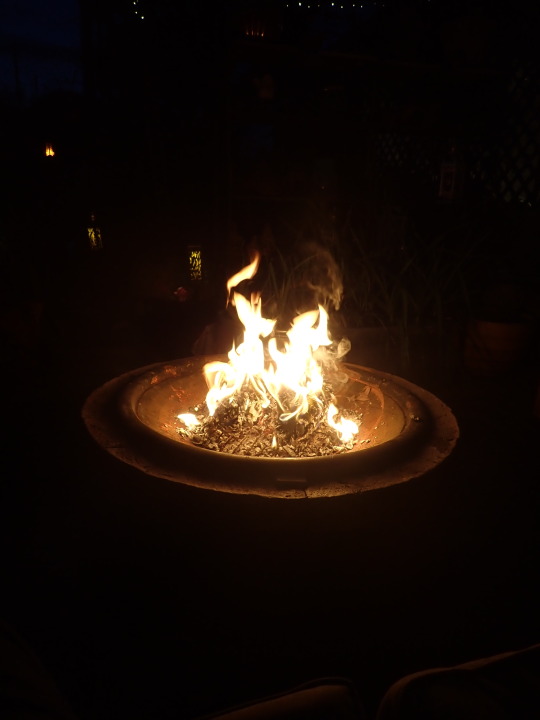
#garden#backyard garden#flowers#gardening#bird#mockingbird#northern mockingbird#dogwood#dogwood blossoms#chaste tree#silhouettes#silhouette#moon#cheshire moon#red bellied woodpecker#dianthus#heuchera#irises#hostas#ginger#transplants#propagating#clematis#fragrant clematis#insect#virburnum#crane fly#star of bethlehem#violets#cherry blossoms
5 notes
·
View notes
Text

Virburnum
#virburnum#plant#photography#nature#landscape#beautiful#floral#my photography#botanic#flower#white#may#spring#springtime#hello spring#my phone
2 notes
·
View notes
Text
The Small Things Spreading Joy in August 2023

View On WordPress
#arum#ash#bind weed#butterfly#cobnuts#discworld stamps#fuschia#great willowherb#hollyhocks#hydrangeas#jasmine flowers#raspberry flower#roses#rowan berries#snail#thistles#traveller&039;s joy#virburnum#wheat#wheat fields#widow flower
0 notes
Photo

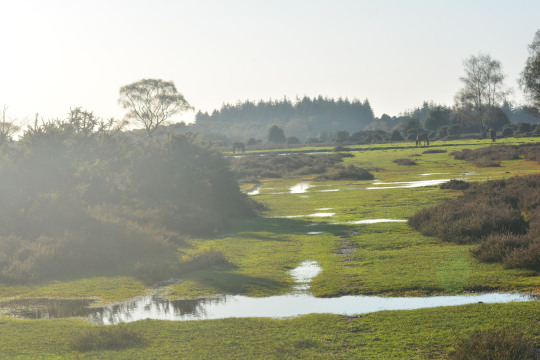
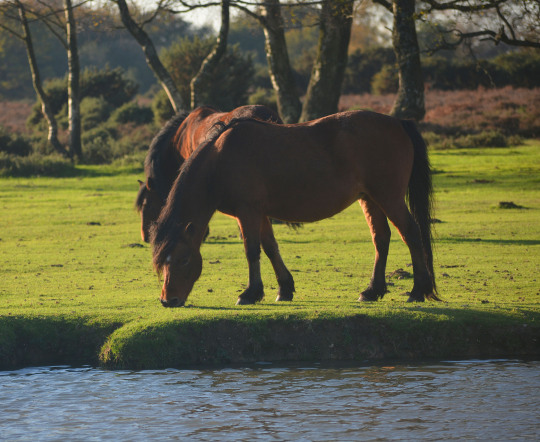
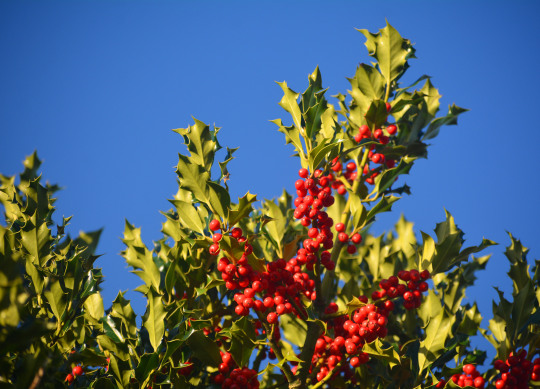
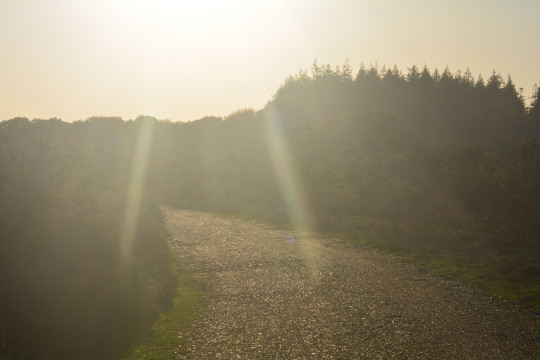
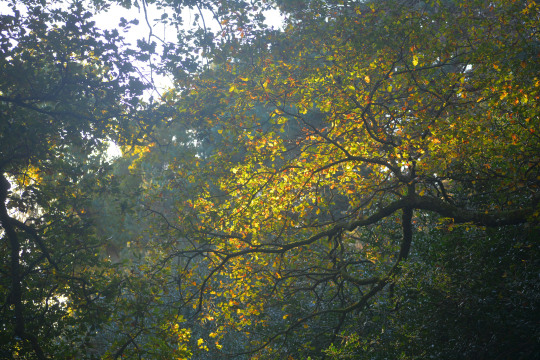
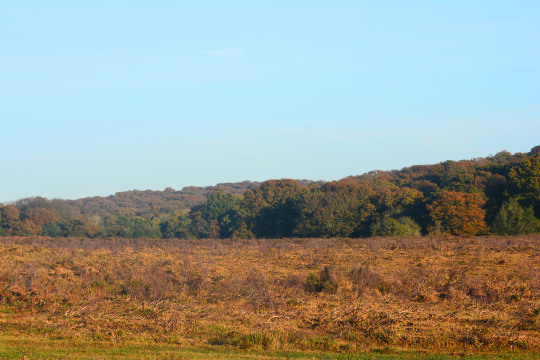
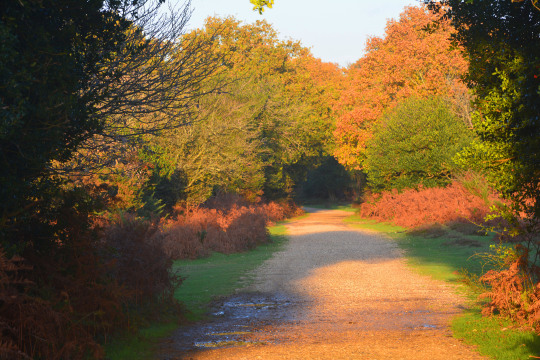
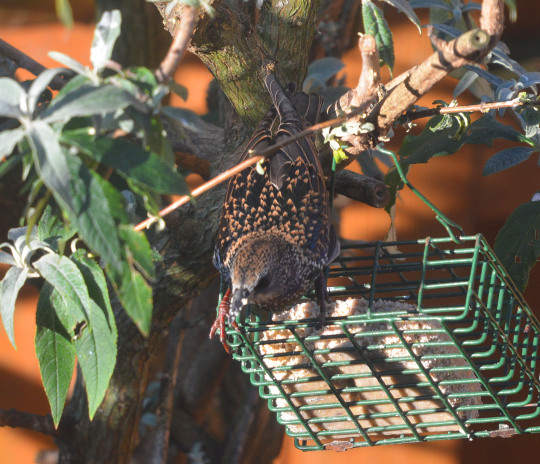

12/11/2022-Fritham in the New Forest and bits at home: Part 1 of 2
I had a lovely walk from Fritham today towards the Cadman’s Pool area today through rolling scenery of open heathland and a lovely bit of woodland. It was such a great landscape to immersed in on an extremely sunny day, the autumnal lowering sun lighting the scenes of the walk brilliantly. There were lots of scenic bits of water on the walk too regular ponds and puddles. It was amazing to take in the breathtaking hilly scenes with birds twittering making a nice soundtrack. This summed up the tranquility of the walk. Birch, pine, oak and others with many trees painted in red, orange and yellow autumnal colour were lovely to observe this afternoon. It was nice to realise a bit we were walking in appears to be the bit of heath visible whilst driving into nearby Eyeworth Pond it’s always good to see how parts of the forest link. It was so good to see endless blue skies today and it was unseasonably warm. I took the first two and fifth, sixth, seventh and eighth pictures in this photoset of views here today.
Holly with ruby berries as the first and also a closeup of it the fourth picture in this photoset show and emerald leaves dominated the walk looking stunning in the bright sunshine and against the blue sky, and bits of bright yellow gorse in flower and a little bit of purple heather brought rich colour to the walk too. It was nice to see a mushroom as well.
There were a good selection of birds seen on the walk, Stonechat of course a cheery forest stalwart. Hearing and seeing a couple of Meadow Pipits fly over the heath, a stunning Goldcrest and pleasing group of Long-tailed Tits at the end of the walk stood out too. I also saw a nice Robin, Blackbird and a few Woodpigeons with a possible Redwing at one point flying over too. It was good to hear Chaffinch too. New Forest ponies wandered elegantly through the landscape and looked beautiful beside the pond. I took the third picture in this photoset of a couple by the pond from the other side of the water. I also saw a Grey Squirrel and some insects this afternoon.
At home earlier as well as on the way home by Brook in the New Forest I loved seeing Buzzards well, and at home as well as Starling seen well again the ninth picture in this photoset shows one I was very pleased to see hear loudly then see Long-tailed Tits in the garden again after three weeks ago they flitted in the buddleia this time and seeing the group and possibly hearing others in the New Forest made it a standout bird today. It was also good to take in potent autumnal colour in the lovely sun out the front and back this morning I took the tenth and final picture in this photoset of a view out the front, and as well as enjoying the nice bright red geraniums, hebe and fuchsia in the garden on the way out get the surprise of seeing the viburnum flowering a key sight of spring. This has certainly been a strange natural year with things flowering at unusual times, with that and the temperature it felt more like April than November at times today. I also enjoyed a nice flying insect seen intimately at home tonight as it flew towards me and a couple of beetles seen at home.
Part 2 of today’s posts with ten more pictures I took today is here: https://dansnaturepictures.tumblr.com/post/700745754777681920/12112022-fritham-in-the-new-forest-and-bits-at
#photography#nature#wildlife#gorse#heather#holly#red#blue#green#happy#england#new forest#hampshire#uk#world#november#virburnum#sunny#2022#walk#walking#long-tailed tit#starling#home#stonechat#goldcrest#meadow pipit#birds#birdwatching#robin
0 notes
Text
Dark Fantasy portfolio project
So, the main country for the setting, I don't have a name for it yet.
It has four regions: North-West, South-West, North East and South East.
The North-West region has the province of the capital, or the Penbre province. It contails the capital city, an outpost and 11 farming villages supplying the capital with most of it's food. It is limited in the South by the great Cliff, to the West by the sea, in the North by the mount Fay and by the swamps in the East. It's primary crops are oats and rutapaga, while peas, shallots, radishes and cresses are grown as the main vegetables. Thyme is a popular condiment. It's most abundont fruits are rowan, virburnum, cranberries, hazel, cedar and bird cherry. It's only open boarder is the North, being closed at the south by shield plate and steep banks, by a swamp in the East and the sea in the West. Plenty of birch, pine, rowan and cedar cover the land, both wild and domesticated. Rowan is a favored gardened tree for it's small size and longivity.
Drinks are very seasonal: rowan tea or virburnum flavored eau-de-vie in the winter, fresh birch sap, young birch wine and early pine beer in early spring, beer in summer (be it oat or pine-based), mead or infusions, sometimes berry-wine. Cranberries might be added to other alcoholic bevrages to inhense flavors. Hazel and bird-cherry tea in fall. In swampier areas water cress and cattails are a favored plant in times of plenty and hardship alike.
Pork and mutton are the prefered meats, but crabs, crayfish, freshwater shellfish and pigeons are secondly the most consummed during the hot season. Duck and goose are also quite popular. Beef is rather rare, as cattle are too precious to break up the hard soil to be killed for meat. Horse, dog or cat are precious animals and if they are eaten, it is out of desperation. Birch leaves, inner bark and catkins are usually not eaten by the mainstream unless there is a famine, but is commonly cosmmed by the parias, especially the torturer and executioner guild, as it's considered a by-product of making torture instruments.
The main sources of fat are butter, cheese, hazelnuts, pig fat and duck fat.
Besides it's food, the region is well-known for it's textiles, mostly wool, occasionally hemp that is finely woven. Most fabrics are either brown, peach, yellow or pink thanks to the abundonce of birch trees, hazelnut husks and shallot barks. However, the capital also has access to other imported dyes such as cochenille, acorns, lichens, woad, indigo and more. Other luxury imports to the capital are barley, buckwheat, honey and coffee.
Besides textiles, the region's next greatest source of crafts are faïence and other ceramics of various qualities, producing particularly beautiful coffee cups and herbal tea jars.
Local monasteries also produce flavored cheeses from various animals, providing a nice diversity of diets. It's mount fay has an underground city of Pyroxene Drow as well as a fairy colony, probably of cranberry fairies. The Eastern Swamps are house to Fées des Houles living with nixes and low elves, fiercely protecting the central parts of these swamps. The region is also particularly haunted by various creatures and undead beings.
In Penbre, wheat, lentils and apples are considered luxury products, although in the cities, they are vastly more available.
2 notes
·
View notes
Text
Bodnant-Schneeball • Virburnum farreri
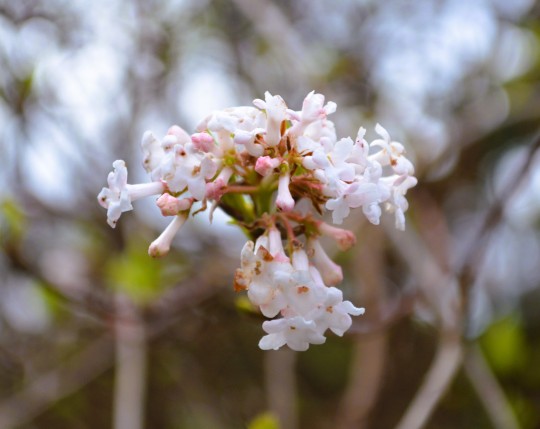
0 notes
Text
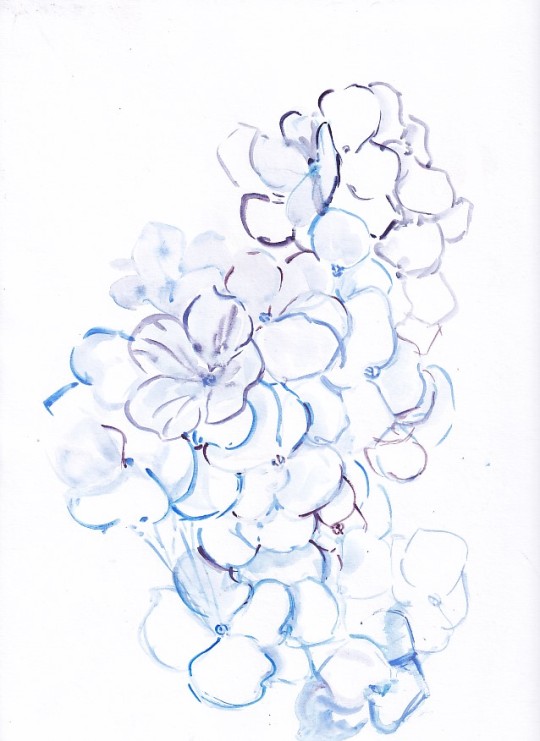
Snowballs
Watercolor on Bristol Board
2021, 9"x 12"
Snowball Bush, Virburnum
#virburnum#flowers#artists on tumblr#floral#art#painting#watercolor painting#watercolor#minimalism#nature#flora#snowball bush#white#white flowers#floral art#floral watercolor#flower painting#artblr#creatrs#artwork#artist on tumblr#artist on etsy#artists on etsy#watercolor art#watercolor flowers
20 notes
·
View notes
Text

4 notes
·
View notes
Text

Fieldwork basket weave purse to hold vellum envelopes,
test tubes for seeds, notes, etc. [TIH]
0 notes
Text
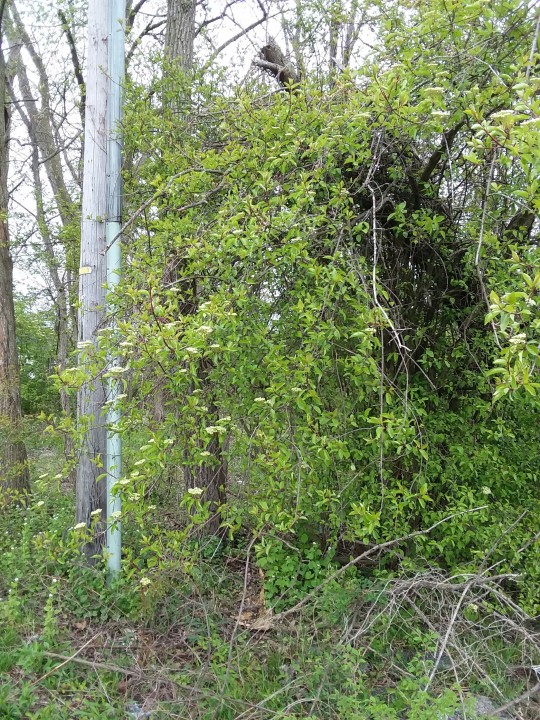

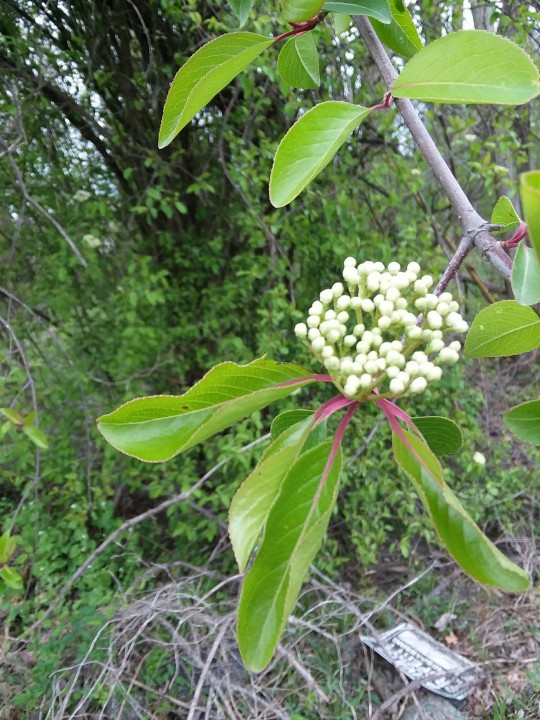
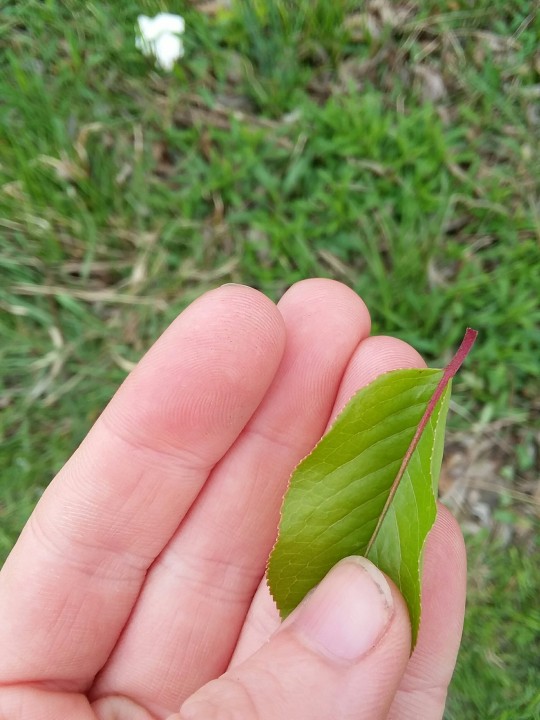
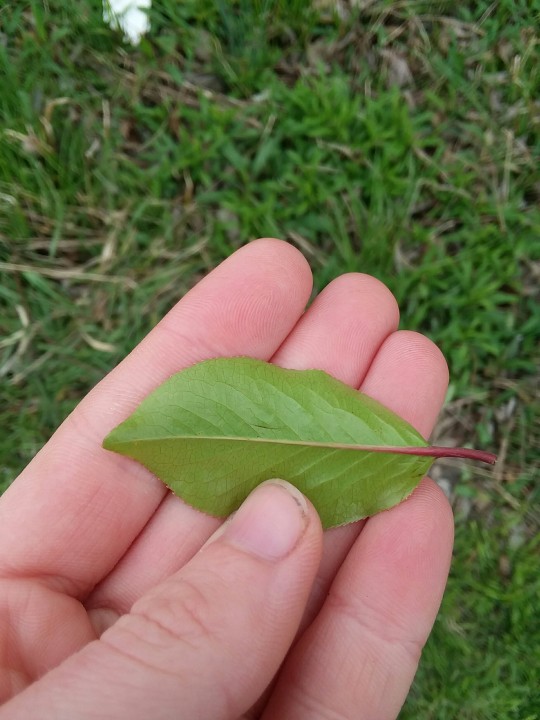

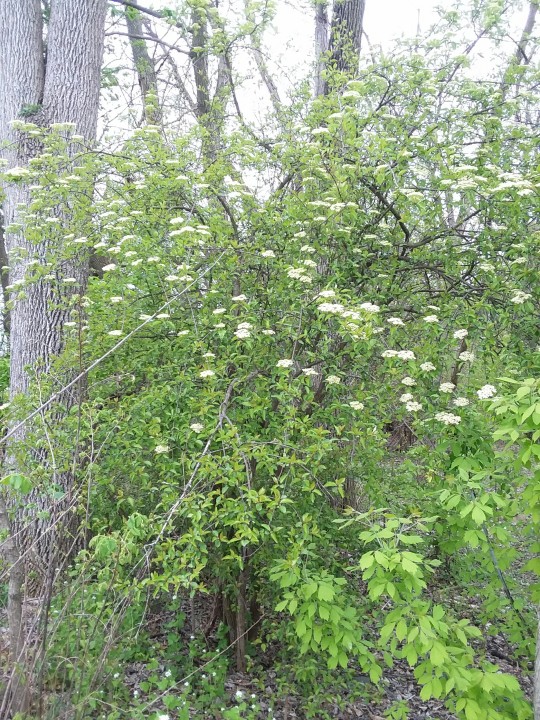
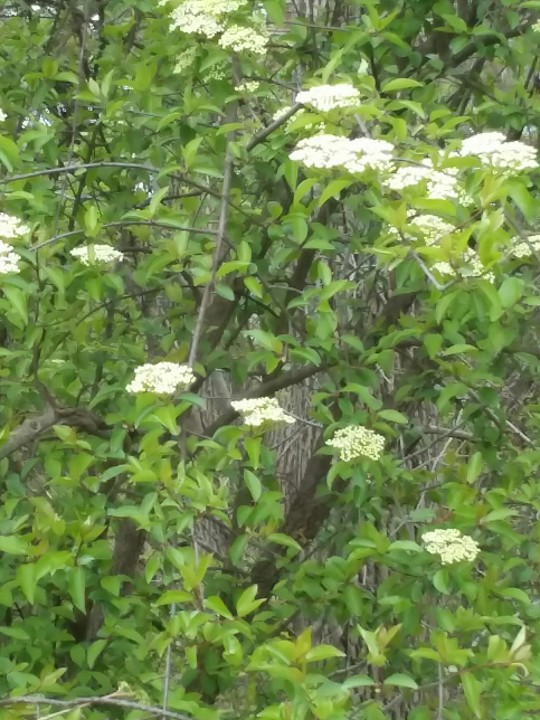
Blackhaw viburnum I think...didnt notice this last year.
1 note
·
View note
Video
youtube
Various Plants For Patio Privacy
In certain towns, the lawn of one home is straightforwardly close to the yard of another. In others, the occupant of the home behind the yard can see straightforwardly into the area. Either circumstance doesn't give a homeowner any kind of detachment from others. Involving plants for porch protection is an extraordinary click here to learn more method for getting a feeling of individual space without burning through a large number of dollars on fencing.
Assuming ground space is at a higher cost than normal, have a go at utilizing planting boxes and huge containers as opposed to doing bed planting. Little trees, bamboo, elaborate grasses, or tall bushes can be planted in enormous containers. Planting boxes can be moored to a lattice and are ideal for plants like ivy, Virginia creeper, climbing hydrangea, or clematis. The plant chose ought not be excessively obtrusive and ought to be helpful for light going through to the area. Virburnum and lilacs are plants that develop tall yet require little upkeep and they each have appealing, fragrant smelling blossoms.
A support is another other option, however be mindful so as not to choose one that becomes excessively high or requires steady upkeep. Arborvitae and juniper give protection and don't need ordinary managing. They are both appropriate for full sun and all around depleted soil conditions and give an appealing expansion to the yard.
The individuals who want something with a lower stature ought to investigate bushes like the bantam burning shrubbery or boxwood. Bush or fence roses and spirea are other appealing choices that incorporate excellent blossoms. These normally two or three feet high and needn't bother with a great deal of upkeep to flourish. Birds and bugs will be drawn to these, so remember that while deciding how near plant them to a seating region.
Anything the decision, select just those things that fill well in the pertinent environment zone of the country. A few plantings won't fill well in specific environments, making them be inadequate at giving a screen or, at times, bringing about their fast passing. Check on the web or ask at a nearby garden store if uncertain of what plantings are fitting for the area.
Regardless of which plants for deck protection are chosen, they ought not be deciduous. This quality will permit them to give security during the entire months of the year. There are numerous choices to give screening from neighbors, including huge containers, lattices with garden boxes, fences, and bushes. Homeowners ought to buy just plantings that will flourish in the sun, soil conditions and developing zone of the area.
2 notes
·
View notes
Text
Dogwood & Assassin
Dogwood blossom with pale green assassin bug:

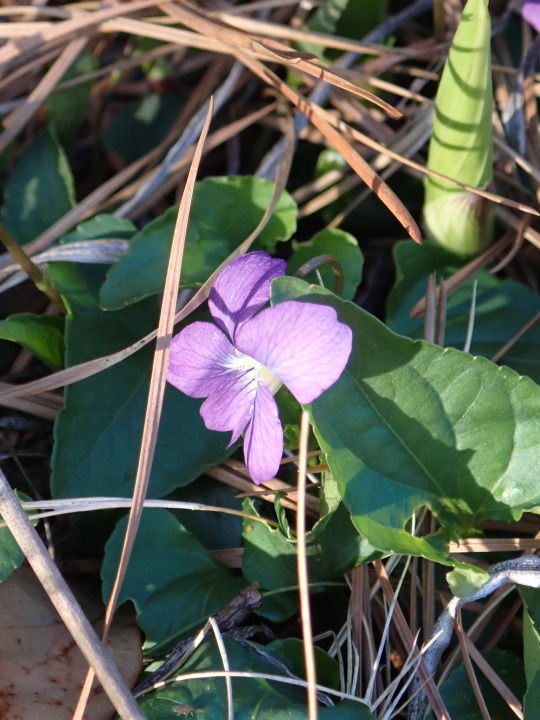
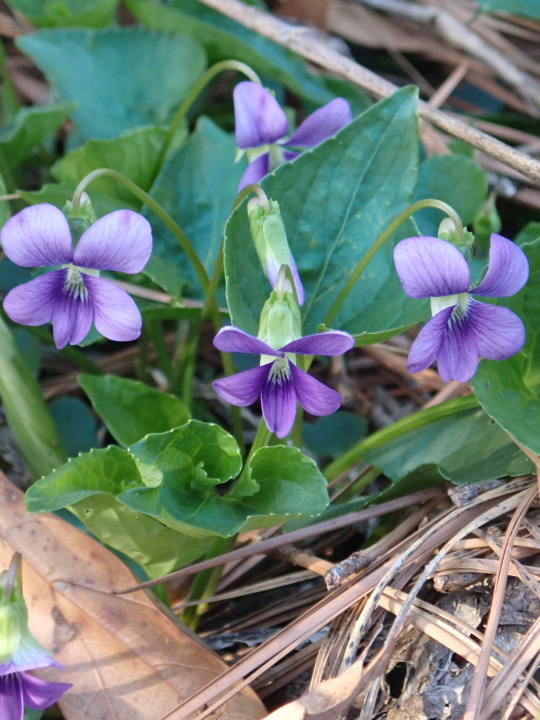
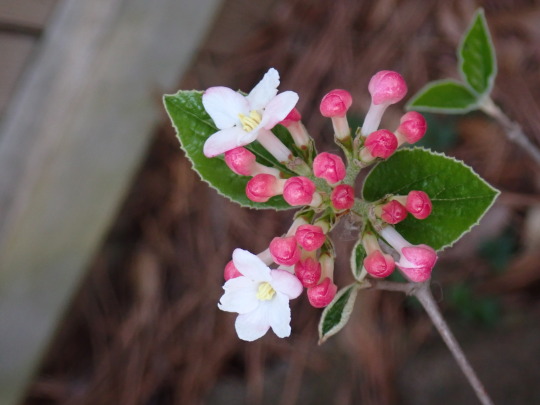
This is the view from our deck box. I like sitting on top of it:
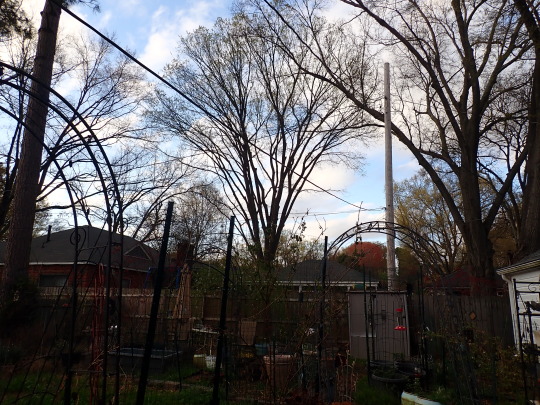
We will have pulled hundreds of these elm saplings out of every pot & inch of dirt in our backyard. If left on its own, our yard would be a grove of elms & oaks:
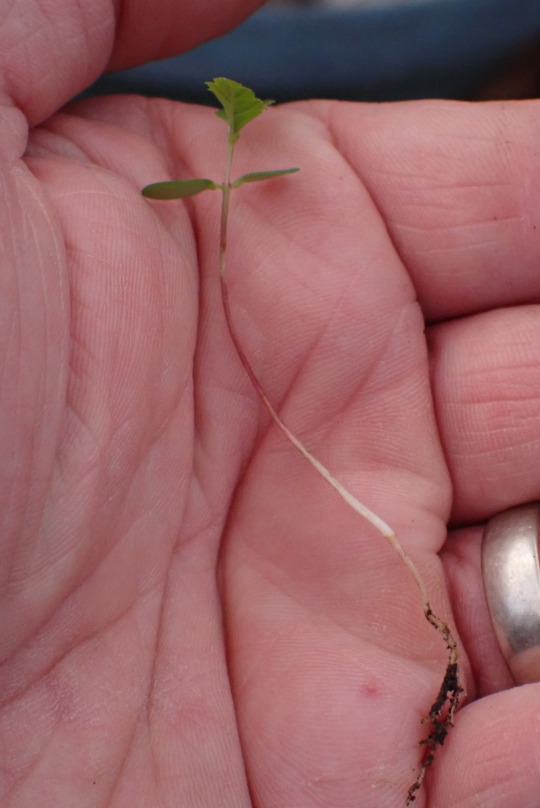
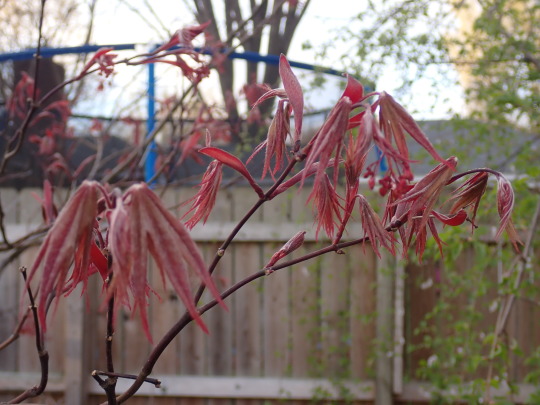

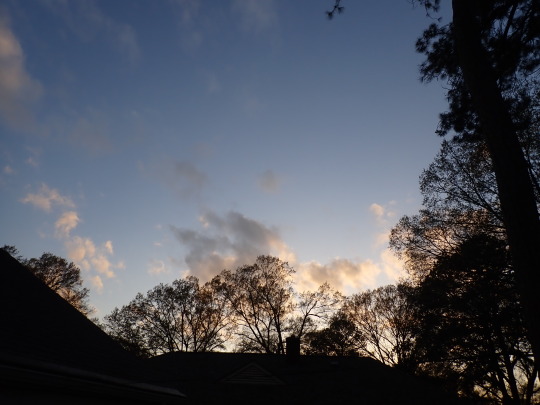
My wife has plans to use these tubs as planters for lettuce out at Plot 420 but wanted them raised off the ground to discourage rabbits. I was going to build a structure with some scrap wood that we have but I found this on the curb while I was walking the dogs & it fits the bill nicely:

#garden#backyard garden#flowers#dogwood#dogwood blossom#insect#pale green assassin bug#violets#virburnum#Elm#elm sapling#sky#clouds#sunset#dusk#curbside find#repurposing#life in memphis#japanese maple
4 notes
·
View notes
Photo
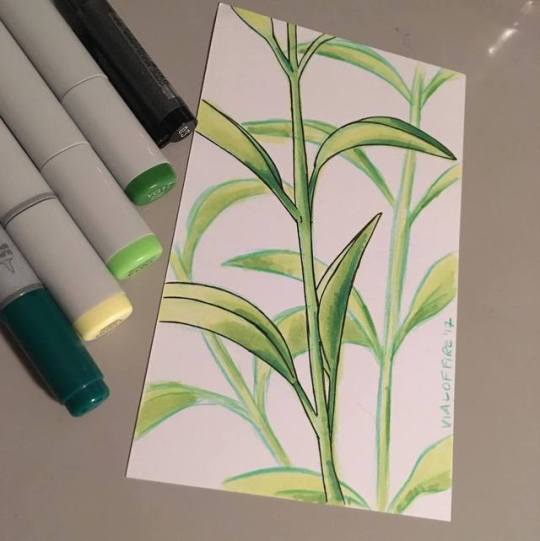
inktober day 3 - a plant, virburnum lucidum
my drawing on dA - my drawing on ig - my drawing on the facebook - my drawing on twitter
#virburnum lucidum#plant#green#garden#copic#copic markers#copic multiliner#artvialoffire#inktober#inktober2017day3#inktober2017
1 note
·
View note
Photo

smokey quartz + snowball viburnum
1 note
·
View note
Text
Continuing to worldbuild Penbre, and the North-West, and North-East regions
So, it has a hyperoceanic climate where it rains constantly, with long nights in the winter.
The North-West region is composed of the regions of Penbre, the smallest province but also the one containing the capital city, Aulbec directly south of it, and Layne stretching North, all the way to the sea. Yaune is directly to the East and Lennes is the Eastern Limit of the North-West Region.
The North-East region also feature a cold climate, but it is slightly more continental, with colder summers and warmer winters. It's composed of flat, swampy land, with to it's extreme South-East the beginnings of a mountenous region.
It is still very rainy, especially in it's South-East region with it's mountains.
It contains the provinces of Chercape (Northern Limit), Fleuchère (A bit further south, Western limit), Mare (center), Epley (Further south), Aurbec (East) and Brélande (South-Eastern Limit).
Penbre recives most of it's rye from this region, which is dry enough in some parts to grow it. It's mostly fed to the capital.
It has a local diet composed of essencially of rye, oats, peas and occasionally barley. Watercress and cattails are the main vegetables with some leaks and asperagus on the side, but Brélande also produces enough rutapagas, parsnips, shallots, peas, radishes and cabbage. Because most of it is flat, swampy terrain, only lean foods are cooked whenever possible, so fat and oil cannot transport fire.
Mussles and other freshwater shellfish are the prefered source of proteine during lent. In the Northmost province of Chercape, it's coastal environment allows enough wind to the meat of large animals, and is the biggest producer and consummer of pork and beef compaired to it's most inland counterparts. Crab is consummed in rather fair quantities, and is considered "pauper's meat" because of it's scavenging habits, same for smaller species of lobster. They also consume many species of fish, mostly carp. Diary products are popular because of their ability to be prepared through fermentation as opposed to cooking. The main sources of animal fat are lard and butter. It is also highly urbanized, allowing it to have a good fungiculture. It produces also plenty of blueberries. The region has very well-reputed cheeses, and often eats dairy with seafood. Kelp is quite the part of the poor man's diet.
In the rest of the North-West region, geese and duck are the main source of animal fat.
The province of Aurbec pruduces a fair amount of apple, hence it's name, but also some birch and hazel trees.
Brélande eats the highest amount of berries both per person and per capita, something allowed by it's rockier terrain. Cranberries, lingonberries, cloudberries, blueberries, sea hawthorne, hawthorne, rosehip, rowan, virburnum and birdcherries are the commonly found fruits. Their prefered source of fat is pinenuts and hazelnuts, closely fallowed by lard and butter. It's the only province that doesn't consume large quantities of cattails. They also tend to eat more chicken than duck or geese, and prefer fattier broths and stews. Because of the cold climate, they tend to enjoy long-cooked stews.
Cranberries is the most common fruit province wise, with apple being next, regionally.
The local cuisine is mostly based on pickling, salting and lactic acid fermentation of all kind, with bread and lean stews.
1 note
·
View note
